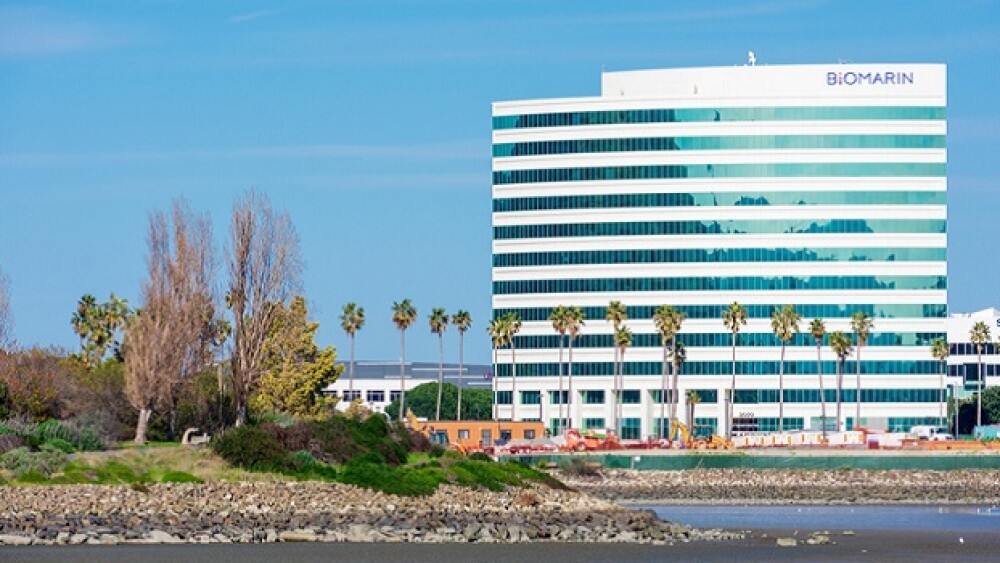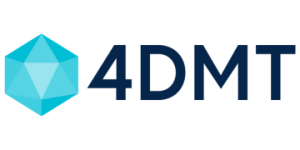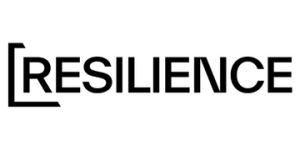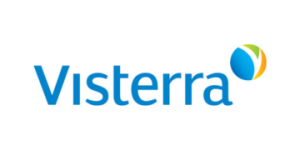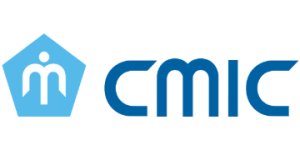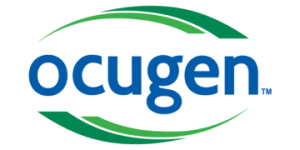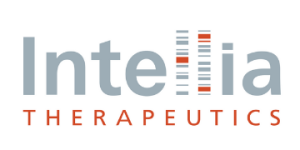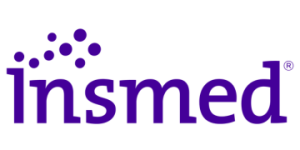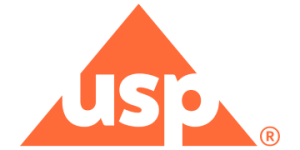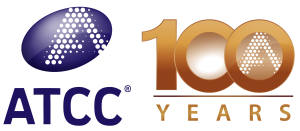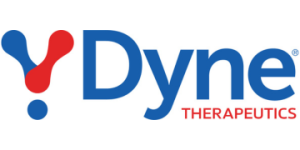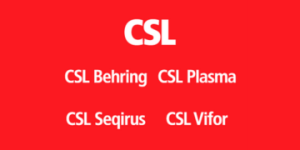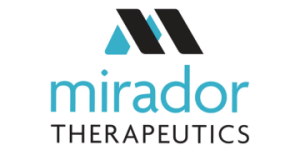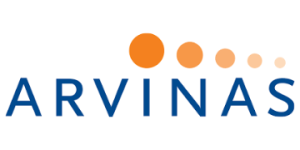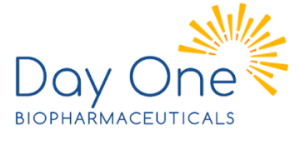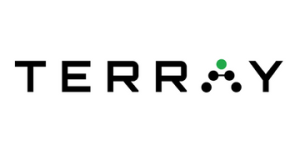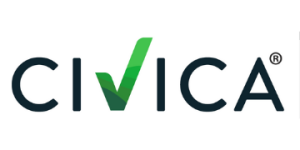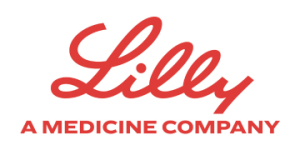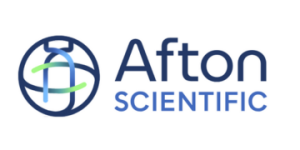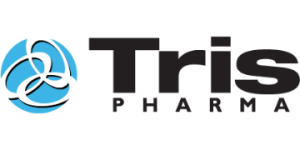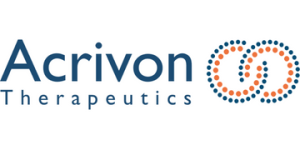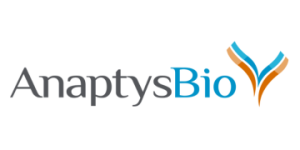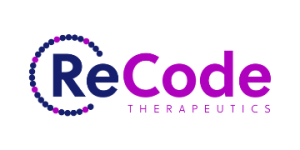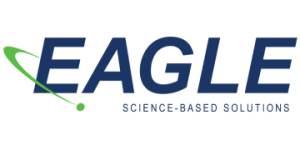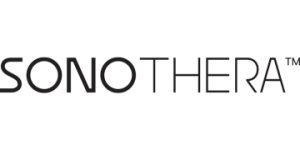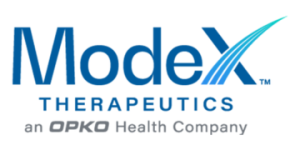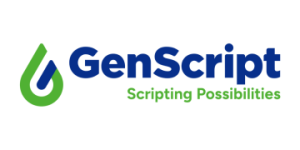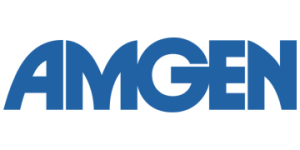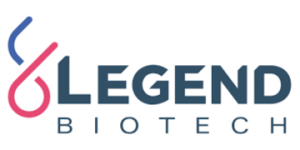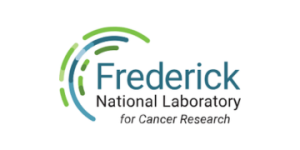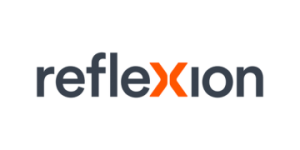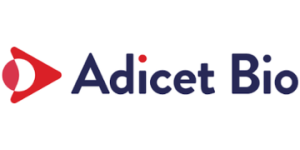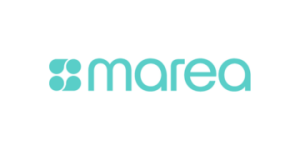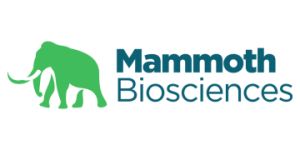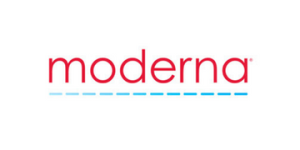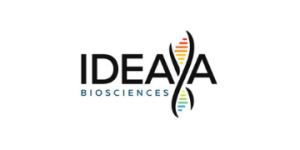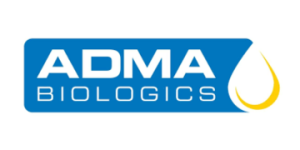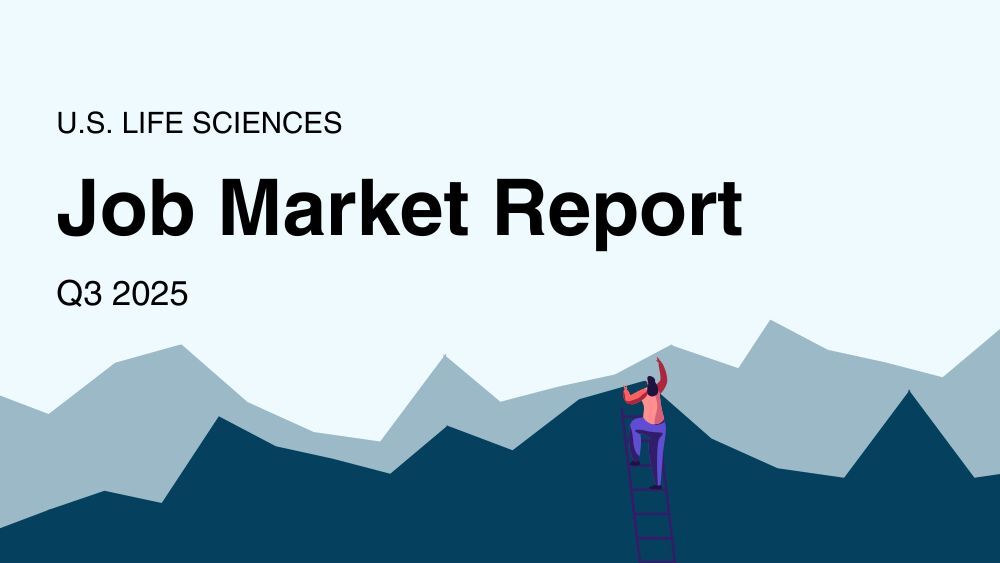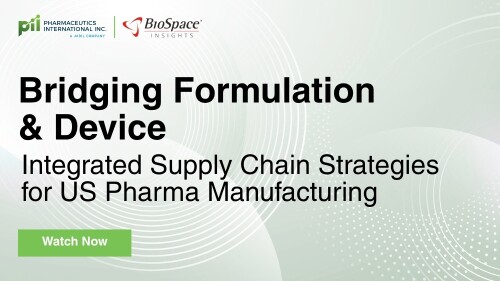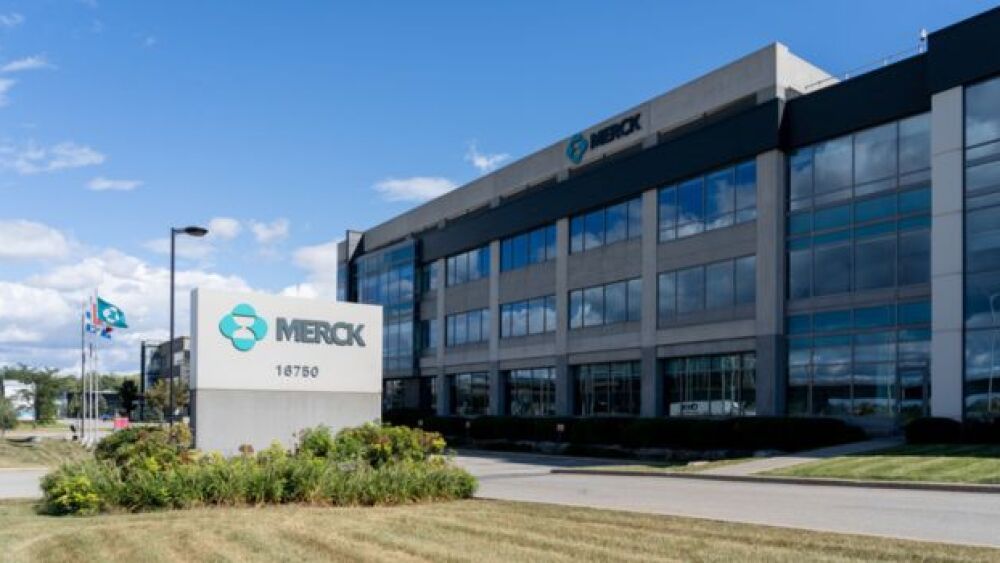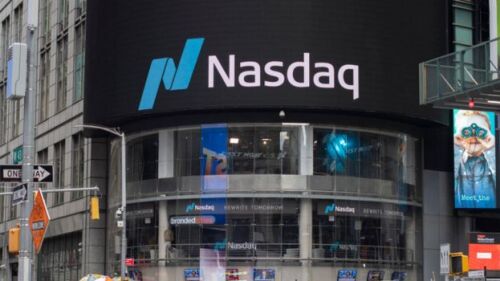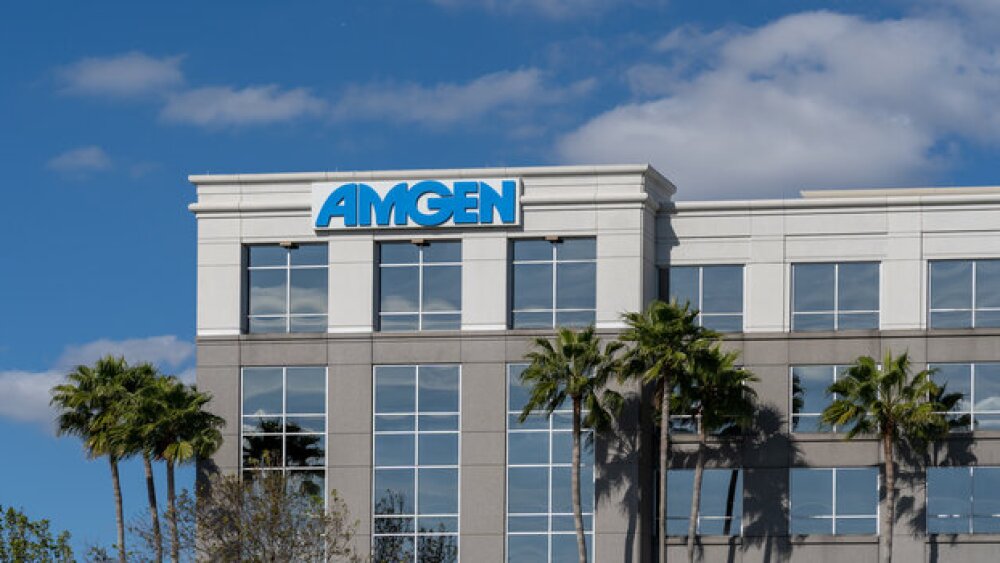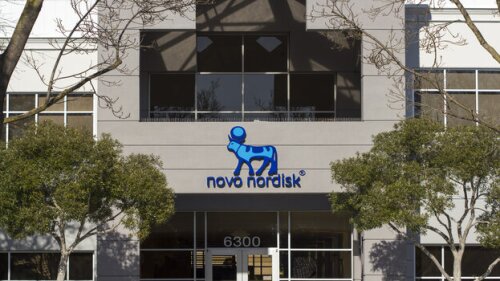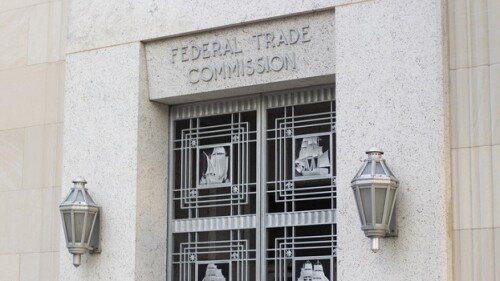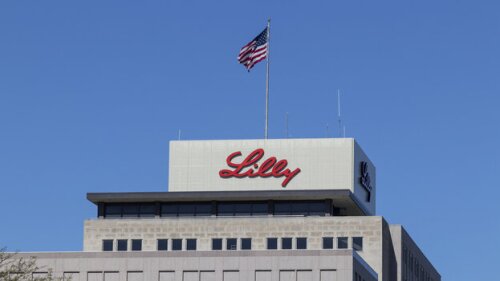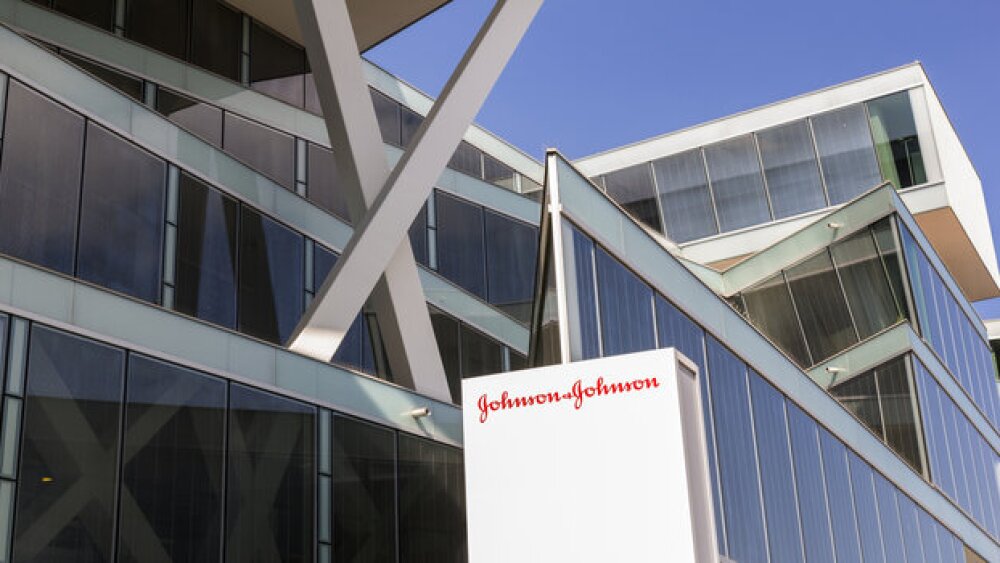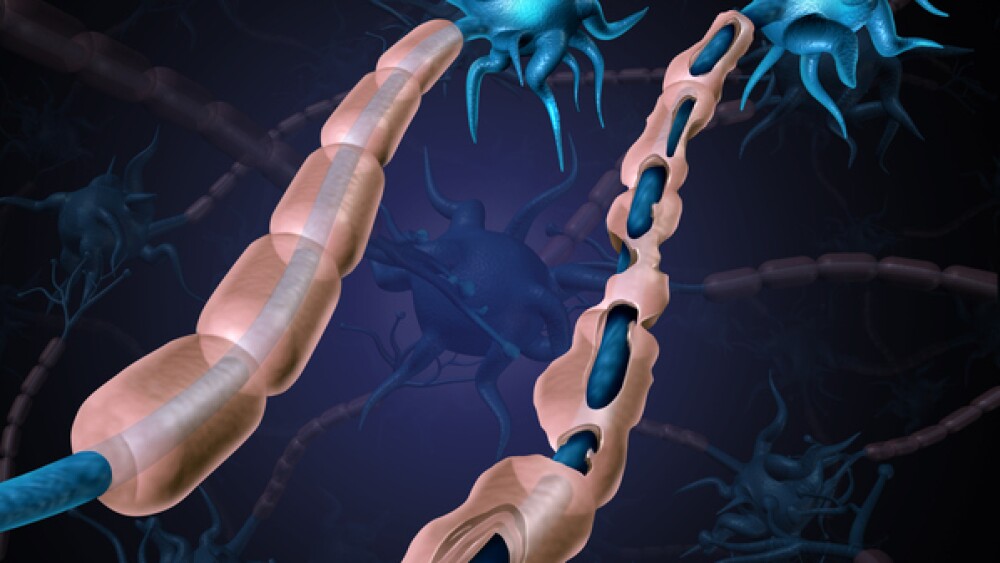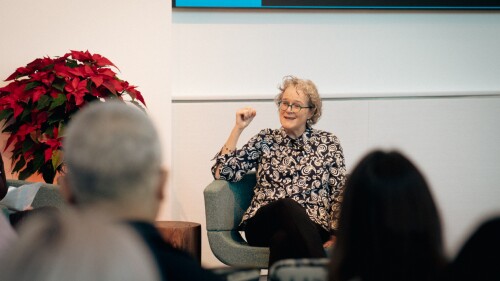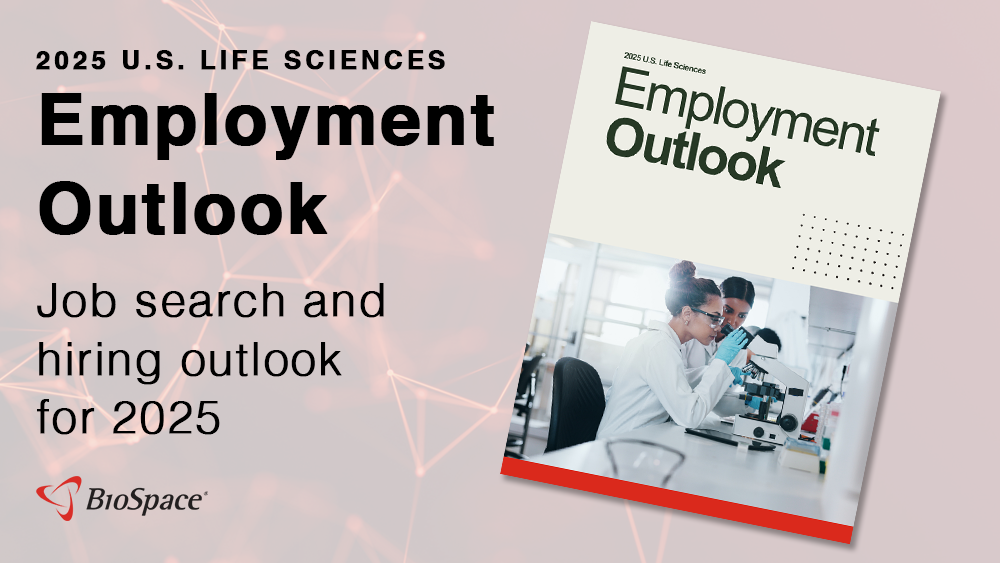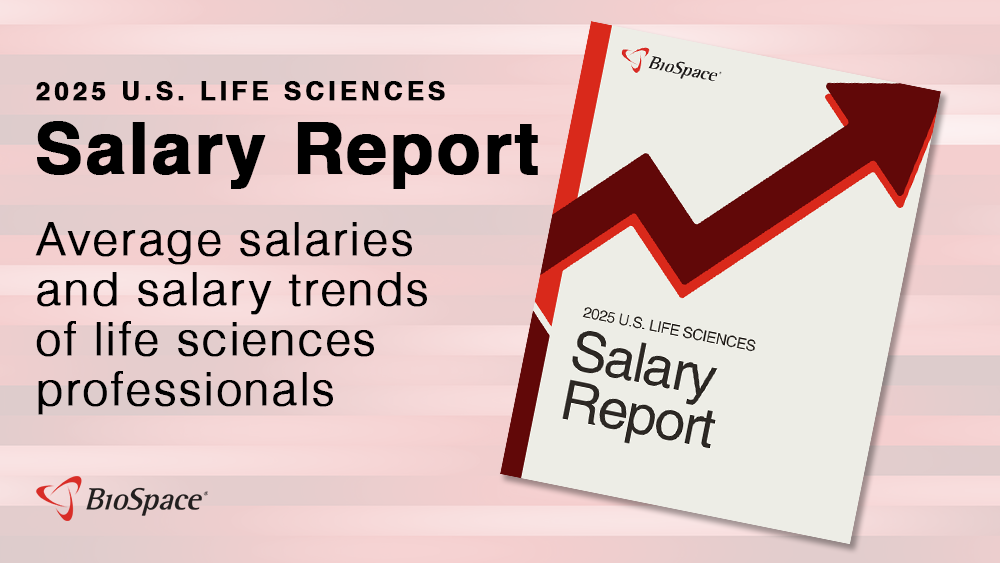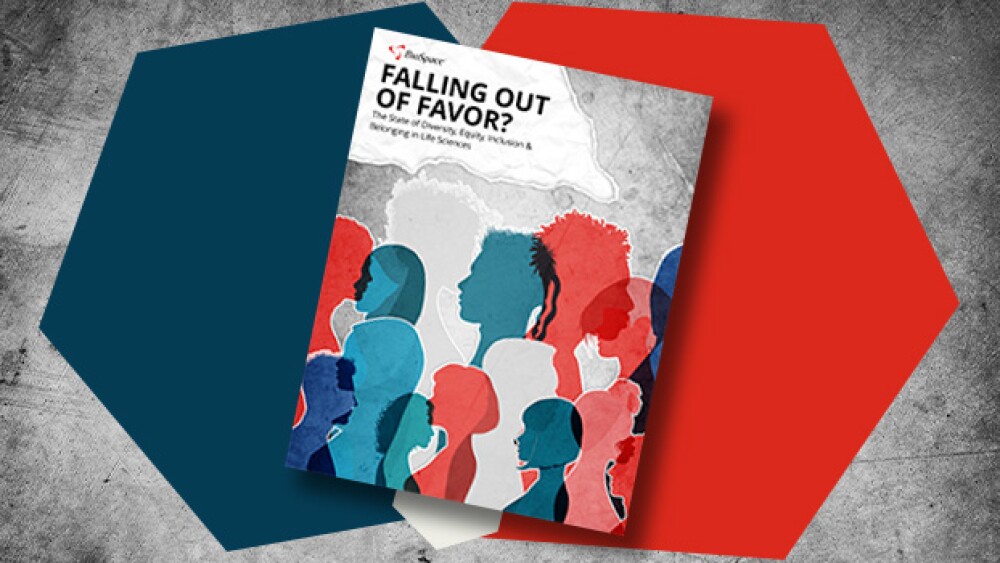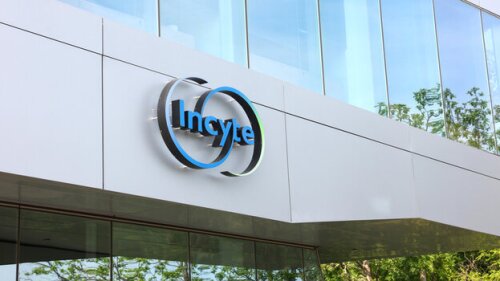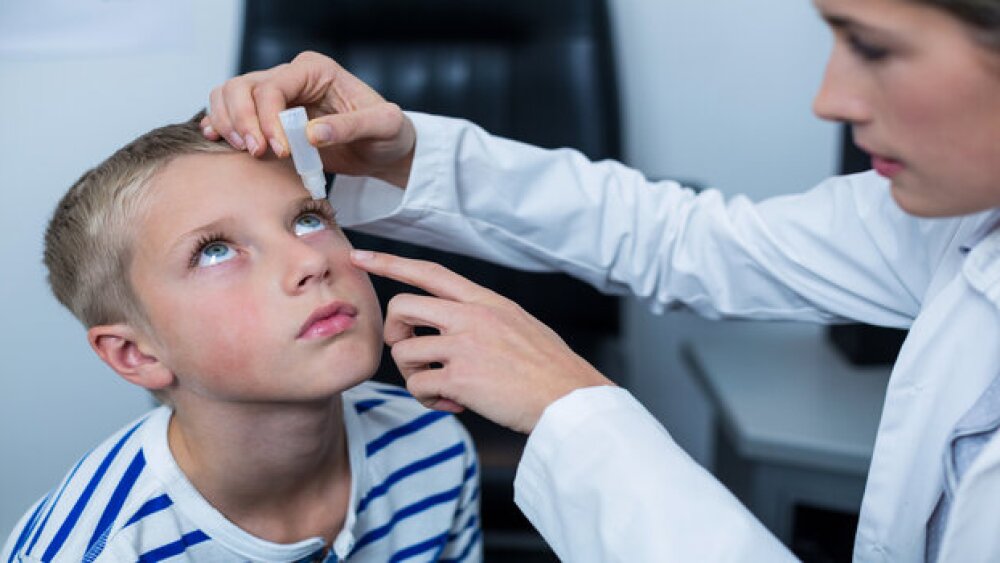From tariffs to drug pricing to the FDA, biopharma CEOs find themselves pulled into policy discussions on this year’s second quarter earnings calls.
George Tidmarsh takes over temporarily at CBER following Vinay Prasad’s abrupt departure; Replimmune trial leaders protest rejection reportedly driven by FDA’s top cancer regulator Richard Pazdur; Merck’s $3 billion savings push claims 6,000 jobs; and Pfizer CEO Albert Bourla addresses President Donald Trump’s new threats around Most Favored Nation drug pricing.
The regulatory environment is placing extreme pricing pressure on pharmaceutical manufacturers. Their success in the market depends on mounting an agile response.
Albert Bourla confirmed that he called President Donald Trump after receiving a letter asking Pfizer and a clutch of other pharmaceutical companies to lower drug prices or face consequences.
BMN 390 fell short of an immunogenicity threshold that BioMarin was looking for to support its further development. Employees working on the program have been redeployed within the company.
The number of biopharma professionals let go has increased year over year for three straight months. In July, as many as 8,000 people lost or were projected to lose their jobs, due largely to news that Merck projects to cut roughly 6,000 employees as part of a multiyear process.
FEATURED STORIES
Bispecific antibodies and anti-TIGIT therapies both appear to be writing comeback stories as cancer experts head to Barcelona for the 2024 European Society for Medical Oncology Congress. Radioligand therapies and synthetic lethality assets are also attracting attention.
Roche’s fenebrutinib this week scored a mid-stage win in relapsing multiple sclerosis, while Sanofi’s tolebrutinib met the primary endpoint in a Phase III trial for progressive MS but flopped in two late-stage relapsing MS studies.
BioMarin executives sought to calm an anxious investor base Wednesday with a public address and pledge to achieve a nearly 50% bump in annual revenue by 2027. But analysts were left wanting.
Big Pharma has finally gotten its arms around something advocates have wanted for a long time: direct-to-consumer sales. Eli Lilly and Pfizer are leading the way.
The intellectual property landscape for newer gene-editing technologies, like that for CRISPR-Cas9, remains unclear and hard to navigate.
Analysts expect the companies’ Vabysmo and Eylea HD to generate a combined $13.2 billion by 2030 in the vascular endothelial growth A therapy market, as healthcare providers and patients switch from older products.
LATEST PODCASTS
In this episode presented by PII, BioSpace’s head of insights discusses how to relieve clinical trial patients of technological burden to improve compliance with guests Oliver Eden and Travis Webb.
Pfizer and Novo Nordisk continue to fight for ownership of obesity startup Metsera; CDER Director George Tidmarsh leaves his position amid an ongoing probe into his “personal conduct”; FDA reverses course on approval requirements for uniQure’s Huntington’s gene therapy; Sarepta’s exon-skipping Duchenne muscular dystrophy drugs fail confirmatory study.
In this episode presented by Element Materials Technology, BioSpace’s head of insights discusses how China, historically focused on manufacturing, is increasingly becoming an innovation leader, particularly in pharmaceuticals, with guests Dr. Jihye Jang-Lee and Dr. Khanh Courtney. Ultimately, balanced strategies involve domestic capacity investments coupled with global collaboration.
Job Trends
ViiV Healthcare, the global specialist HIV company majority owned by GSK, with Pfizer and Shionogi as shareholders, and the American Academy of HIV Medicine jointly announced the launch of The Dr. Dawn K. Smith HIV Prevention Clinical Fellowship.
Subscribe to Genepool
Subscribe to BioSpace’s flagship publication including top headlines, special editions and life sciences’ most important breaking news
SPECIAL EDITIONS
In this deep dive, BioSpace investigates China’s rise as a biotech powerhouse.
In this deep dive, BioSpace explores the next big thing in obesity.
BioSpace did a deep dive into biopharma female executives who navigated difficult markets to lead their companies to high-value exits.
DEALS
-
The buy brings three small molecules in preclinical development for Parkinson’s disease, amyotrophic lateral sclerosis and lysosomal storage diseases into Merck’s pipeline.
-
Armed with a pipeline of obesity and diabetes hopefuls, Carmot Therapeutics joins the small group of biotechs to attempt a Nasdaq debut this year.
-
Successful drugs from Novo Nordisk and Eli Lilly are just the beginning of what one analyst says could be “the largest therapeutic class of drugs that the biopharma industry has ever seen.”
-
The Japanese biotechnology and food company has bought into the gene therapy space with its $620 million acquisition of Ohio-based CDMO and clinical-stage biotech Forge Biologics.
-
The cell therapy-focused biotech will use most of the net proceeds from its initial public offering to fund Phase II clinical trials for its lead program, a novel CAR T-cell candidate.
WEIGHT LOSS
-
Following strong Phase II data, Amgen is going all in on its next-generation obesity treatment MariTide, with plans to run a Phase III trial and a separate mid-stage study for diabetes.
-
Novo Nordisk on Thursday reported a jump in first-quarter 2024 revenue, driven by a more than 100% increase in sales of weight-loss drug Wegovy and the strong performance of type 2 diabetes medication Ozempic.
-
In a bid to improve competition in the industry, the U.S. Federal Trade Commission is challenging the patents of 20 different pharmaceutical products, disputing the accuracy and relevance of their patents.
-
Thanks to strong sales of its blockbuster drugs Mounjaro and Zepbound, Eli Lilly on Tuesday reported nearly $8.77 billion in revenue in the first quarter of 2024, while raising its full-year revenue guidance by $2 billion.
-
After a record low in 2022, the pharma industry in 2023 saw a surprise rebound in productivity following one of its slowest years on record, according to a report from audit firm Deloitte.
POLICY
-
If Johnson & Johnson refuses to scrap its proposed changes to the 340B drug pricing for hospitals, it risks the termination of participation in the program and monetary fines, the Health Resources and Services Administration warned.
-
It’s time for Congress to step up and fund America’s supply chain independence from Chinese companies by bolstering our domestic manufacturing capabilities.
-
Healthcare players are pointing fingers amid regulatory crackdowns on pharmacy benefit managers, but proposed reforms wouldn’t address a dearth of competition in the larger market.
-
A recent study estimated that Wegovy’s label expansion beyond obesity could push Medicare spending to $145 billion annually, but analysts remain dubious of the estimate.
-
The U.S. House of Representatives on Monday overwhelmingly passed the bipartisan bill, which targets WuXi AppTec, WuXi Biologics and other Chinese biotech companies as potential national security risks.
CAREER HUB
Meet Joe. Or Alice. Either one. Joe and/or Alice has been unemployed for several months. Despite sending out dozens—maybe even hundreds— of resumes, Joe and/or Alice isn’t getting very many interviews. Assuming for a moment that Joe and/or Alice are qualified for the jobs they’re applying for, and assuming that there aren’t possible issues of ageism, sexism or something else outside the scope of this article, here are some tips for Joe and/or Alice to get the interview requests coming in.
No matter how much you justify ghosting, it’s likely to be seen as an unprofessional reputation-killer you may never recover from. Here are some situations in which you might be tempted to ghost and what to do instead.
Most of the interview process is out of your hands, for better or for worse. But what you can control are your actions.
Besides making sure you don’t accidentally reply all to that company-wide notice, here are some words to reserve for your texts with friends.
The words and phrases you choose in your resume and cover letter can have a surprisingly powerful impact.
How do you leave your nerves behind and show your interviewer the real you? Here are a few tips for mastering interview small talk.
For the third part of a six-part series examining the six most in-demand biotech careers, we take a detailed look at the rising career of an operations research analyst.
HOTBEDS
REPORTS
In this Employment Outlook report, BioSpace explores current workforce sentiment, job activity trends and the prospective job and hiring outlook for 2025, particularly as it compares to the previous year.
BioSpace’s third report on diversity, equity, inclusion and belonging in life sciences examines dramatic shifts in attitude around diversity initiatives.
CANCER
-
Approved under the regulator’s accelerated pathway, Tecelra is also the first new synovial sarcoma therapy in more than a decade, according to Adaptimmune Therapeutics.
-
In pursuit of Merck’s blockbuster Keytruda, GSK’s Jemperli scored its own broad FDA label expansion, allowing its use in first-line endometrial cancer regardless of biomarker status.
-
As part of a major reorganization, Vir Biotechnology has discontinued the bulk of its virology work and pivoted to cancer in an exclusive licensing deal with Sanofi.
-
Incyte announced Tuesday it is realigning its research and development priorities to focus on dermatology and inflammatory assets obtained from the $750 million acquisition of Escient Pharmaceuticals.
-
BioNTech and Regeneron will face off against Merck and Moderna, which are advancing their investigational cancer vaccine mRNA-4157/V940 in combination with Keytruda, in advanced melanoma.
NEUROSCIENCE
-
While disease-modifying therapies largely steal the spotlight in Alzheimer’s drug development, several companies are working to solve this less-discussed but disruptive facet of the illness.
-
Imagine testing a really good drug for HER2+ breast cancer in someone with liver cancer. Would it be any surprise when that drug fails?
-
Engrail Therapeutics’ latest financing round will give it enough funds to advance its candidates for neuropsychiatric and neurodevelopmental disorders through clinical development.
-
Contineum Therapeutics joined the 2024 initial public offering class on Friday with an SEC filing. The biotech will use the IPO proceeds to complete a Phase II trial for its most mature candidate targeting multiple sclerosis.
-
Heather, Greg and Tyler discuss a busy news week including Wegovy’s label expansion, biosimilars, surprise donanemab delays for Eli Lilly and speculate on election impact.
CELL AND GENE THERAPY
-
Under the FDA’s compassionate use program, an eyedrop formulation of Krystal Biotech’s Vyjuvek restored the vision of a teenager with the rare genetic disease dystrophic epidermolysis bullosa.
-
Metagenomi could potentially raise over $100 million if the underwriters exercise their option to purchase additional shares in full, assuming an initial public offering price of $16 per share.
-
Topline results from a mid-stage study show that 4D Molecular Therapeutics’ investigational gene therapy cut annual rates of Eylea injections by 85% and 89% for the low and high doses, respectively.
-
The FDA’s Oncologic Drugs Advisory Committee will meet on March 15 to discuss BMS and J&J applications for their CAR T-cell therapies Abecma and Carvykti, respectively.
-
Lori, Greg and Tyler discuss last week’s call for a class-wide box warning on all commercial CAR T therapies, while investigations are ongoing into cases of secondary malignancies. How do we approach this balancing act of treatment and side effects?











